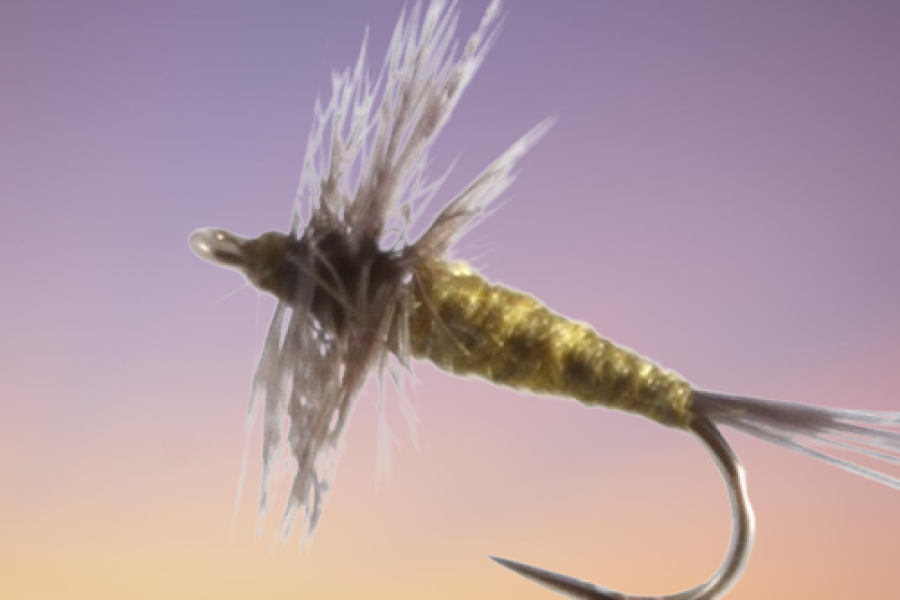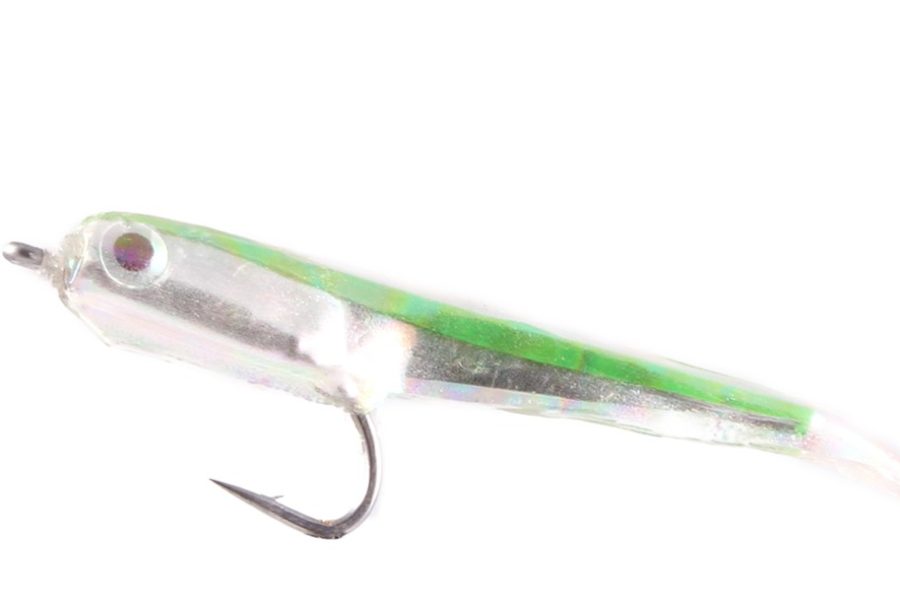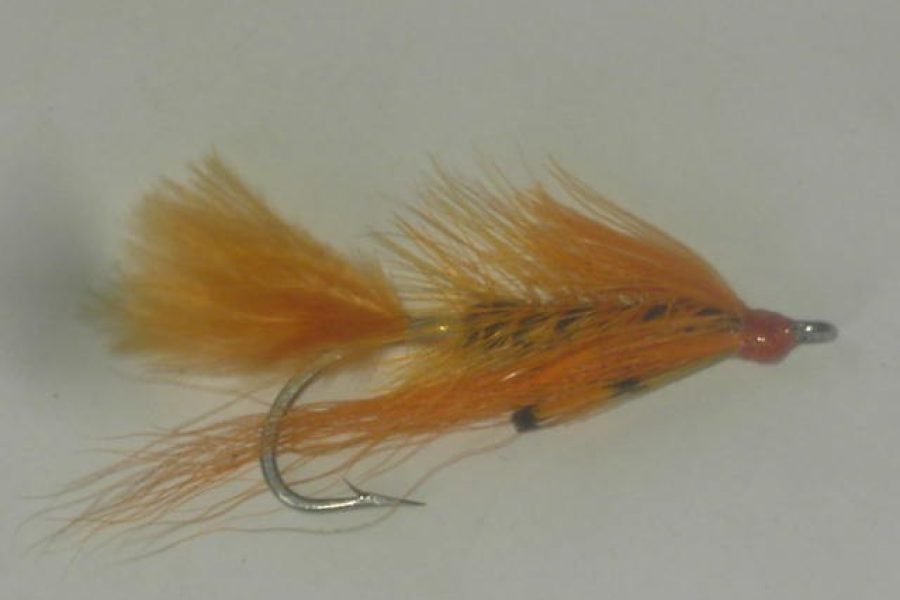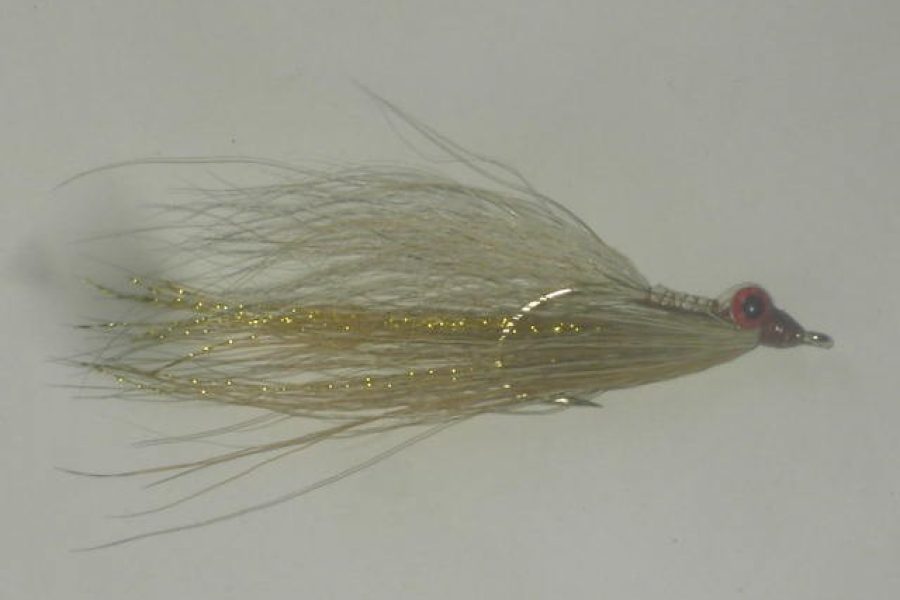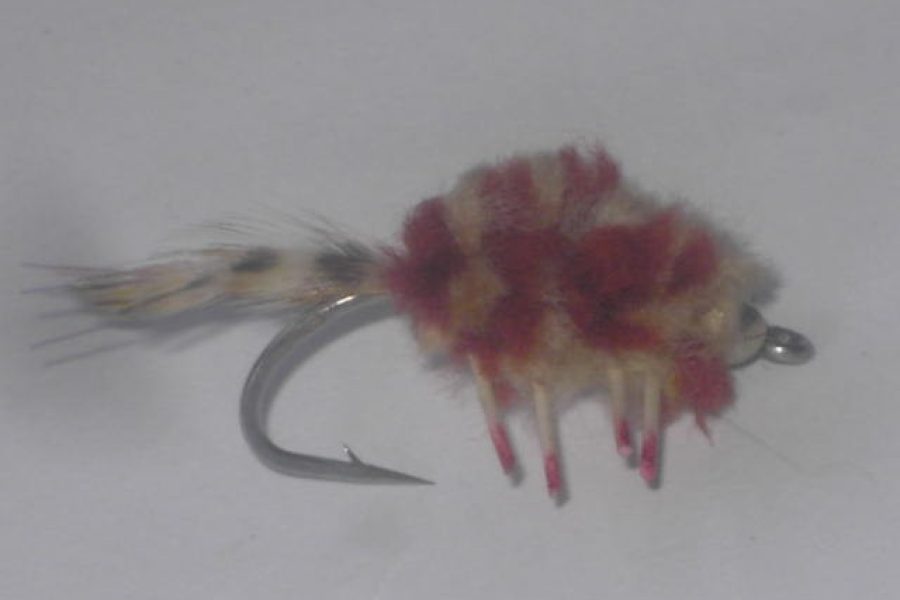Description
Historical Significance and Pattern Evolution The Orange Otter Fly represents a classic pattern with deep roots in British fly fishing tradition, particularly associated with the Rev. Edward Powell of Munslow, Shropshire. Originally developed using genuine otter fur dyed with picric acid to achieve its distinctive orange hue, this pattern has evolved to incorporate modern materials while maintaining its remarkable effectiveness. The pattern gained widespread recognition through Christopher Knowles’ book “Orange Otter,” which detailed its history and significance in British fly fishing.
Premium Materials and Construction Details Essential Materials List:
- Hook: Standard wet fly hook (sizes 12-16)
- Thread: Orange 8/0
- Tail: Ginger cock hackle fibers
- Body: Two-part construction
- Rear: 75% blazing orange seal’s fur
- Front: 25% claret seal’s fur
- Hackle: Natural brown cock
- Rib: Fine gold wire (optional)
- Head: Orange thread
- Optional: Modern synthetic substitutes
Material Selection Considerations:
- Hook strength matches fishing conditions
- Thread color complements pattern
- Tail fiber quality affects durability
- Body fur blend creates proper profile
- Hackle quality determines movement
- Rib material adds segmentation
- Head finish protects materials
- Material preparation affects profile
- Storage conditions preserve materials
- Synthetic options provide alternatives
Detailed Tying Instructions Preparation Steps:
- Select appropriate hook size
- Choose quality hackle
- Prepare fur blends
- Mix dubbing properly
- Organize workspace
- Check tools
- Plan proportions
- Review pattern
- Test thread strength
- Prepare materials
Step-by-Step Tying Sequence:
- Start thread behind eye
- Create uniform thread base
- Tie in tail fibers
- Attach ribbing if using
- Apply rear body dubbing
- Form tapered body
- Add front body dubbing
- Wind hackle
- Form neat head
- Whip finish
- Apply head cement
- Check proportions
Advanced Fishing Techniques Presentation Methods:
- Traditional wet fly swing
- Dead drift presentation
- Downstream wet fly
- Upstream presentation
- Cross-current fishing
- Deep water tactics
- Film fishing
- Current seam presentation
- Structure approaches
- Pattern combinations
Water Reading Skills:
- Identify feeding lanes
- Recognize current breaks
- Spot productive runs
- Detect fish activity
- Read water clarity
- Locate prime lies
- Find transition zones
- Identify temperature breaks
- Track fish movement
- Monitor insect activity
Seasonal Strategies Spring Tactics:
- Target early season fish
- Focus on warming water
- Match natural movements
- Adjust presentation depth
- Monitor temperatures
- Watch for activity
- Follow fish movement
- Time presentations
- Adapt to conditions
- Match natural drift
Summer Applications:
- Early morning fishing
- Late evening sessions
- Target shade lines
- Focus on deeper water
- Match daily patterns
- Observe feeding windows
- Adjust to conditions
- Monitor water levels
- Watch temperatures
- Time presentations
Fall Approaches:
- Match seasonal changes
- Target feeding fish
- Adjust presentation depth
- Watch water conditions
- Monitor temperatures
- Follow movement patterns
- Adapt to weather
- Time efforts effectively
- Match natural drift
- Adjust techniques
Technical Rigging Considerations Leader Construction:
- Tapered leaders
- Quality tippet material
- Proper diameter selection
- Breaking strength considerations
- Length adjustments
- Material choices
- Knot selection
- Sink rate control
- Visibility factors
- Setup variations
Terminal Tackle:
- Loop knot connections
- Direct tie methods
- Leader construction
- Line control
- Strike detection
- Depth adjustment
- Pattern spacing
- Drift control
- Presentation angles
- Setup modifications
Habitat-Specific Tactics Water Types:
- Freestone streams
- Spring creeks
- Tailwaters
- Small brooks
- Large rivers
- Mixed waters
- Clear streams
- Pocket water
- Riffles
- Pools
Specific Locations:
- Feeding lanes
- Current seams
- Structure edges
- Bank water
- Mid-stream
- Transitions
- Drop-offs
- Shallow flats
- Deep runs
- Protected areas
Advanced Presentation Methods Traditional Techniques:
- Wet fly swing
- Down-and-across
- Cross-current drift
- Upstream wet
- Downstream wet
- Mending techniques
- Line control
- Depth management
- Speed control
- Pattern selection
Modern Adaptations:
- Multiple fly rigs
- Indicator techniques
- Deep water methods
- Edge water tactics
- Structure approaches
- Pattern combinations
- Presentation modifications
- Depth control
- Speed variations
- Drift management
Pattern Variations Size Considerations:
- Match natural prey
- Consider water type
- Adapt to pressure
- Account for clarity
- Follow seasonal trends
- Consider fish size
- Match preferences
- Adapt to conditions
- Consider speed
- Match forage base
Style Variations:
- Traditional style
- Modern materials
- Weighted versions
- Unweighted pattern
- Flash enhanced
- Sparse dressing
- Heavy dressing
- Dark variant
- Light variant
- Seasonal patterns
The Orange Otter represents the perfect combination of traditional design and proven effectiveness. Its carefully selected materials and precise construction ensure consistent performance across various fishing conditions. Whether targeting selective trout in clear waters or searching for opportunistic feeders in varied conditions, this pattern provides the perfect tool for successful wet fly fishing throughout the season.
Additional information
| Hook size | 1/0, 2, 4, 6 |
|---|---|
| Hook type | Barbed Hooks, Barbless Hooks |

